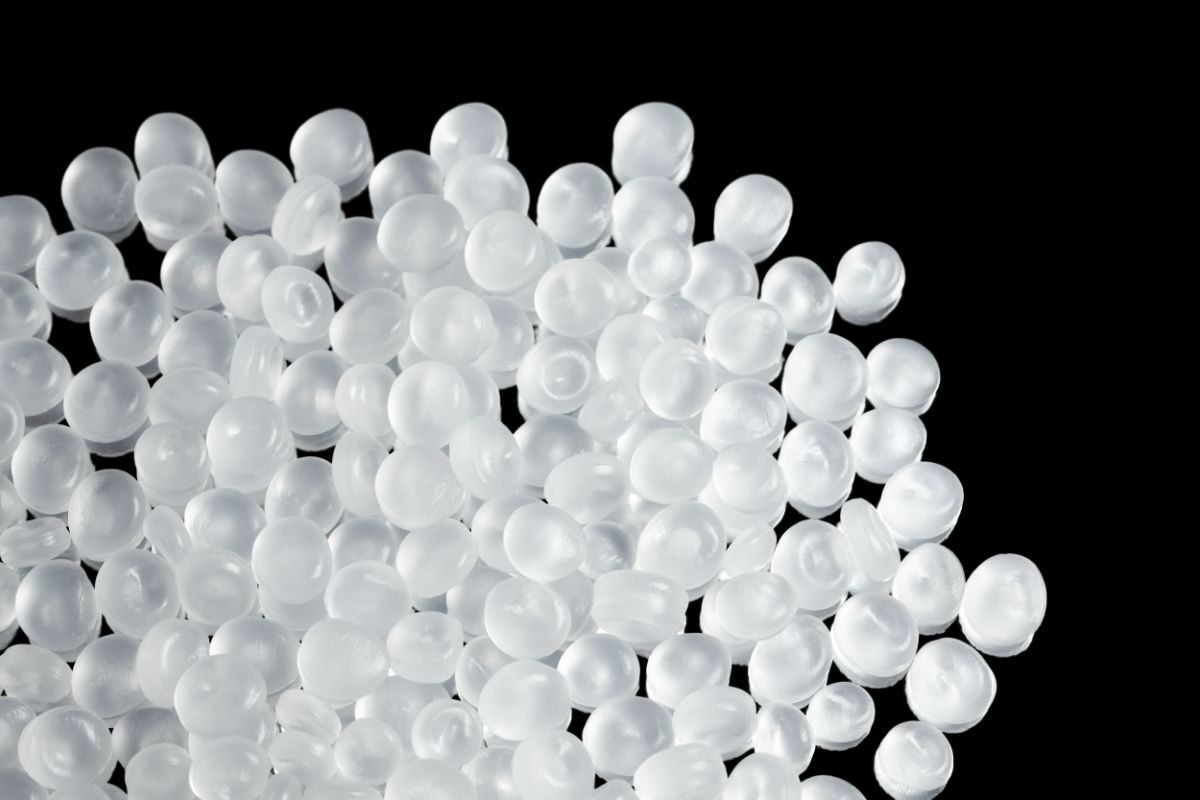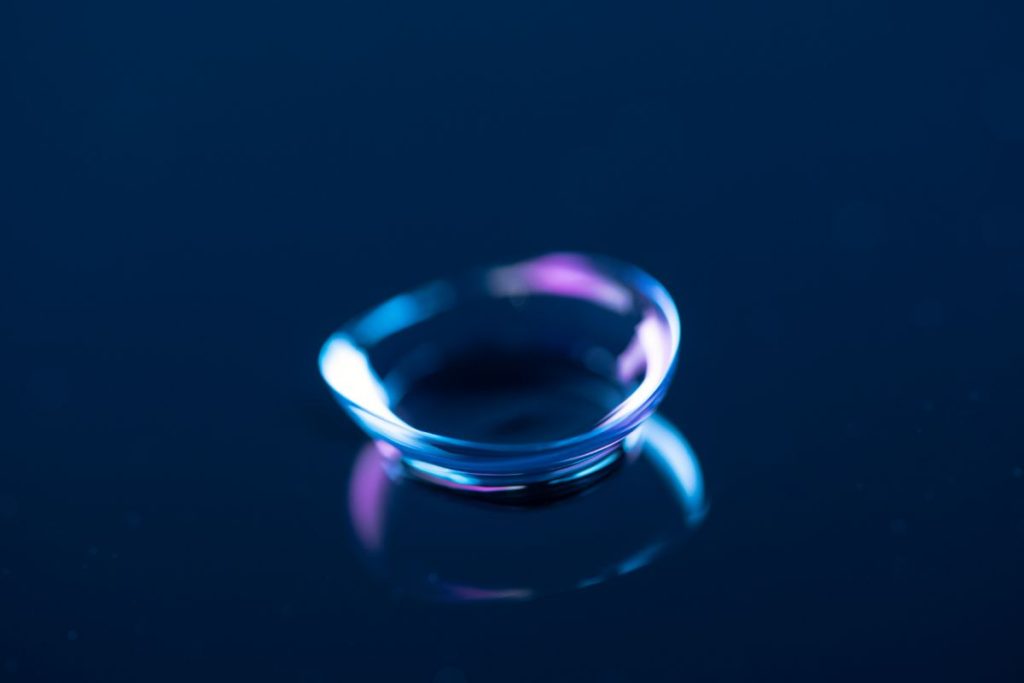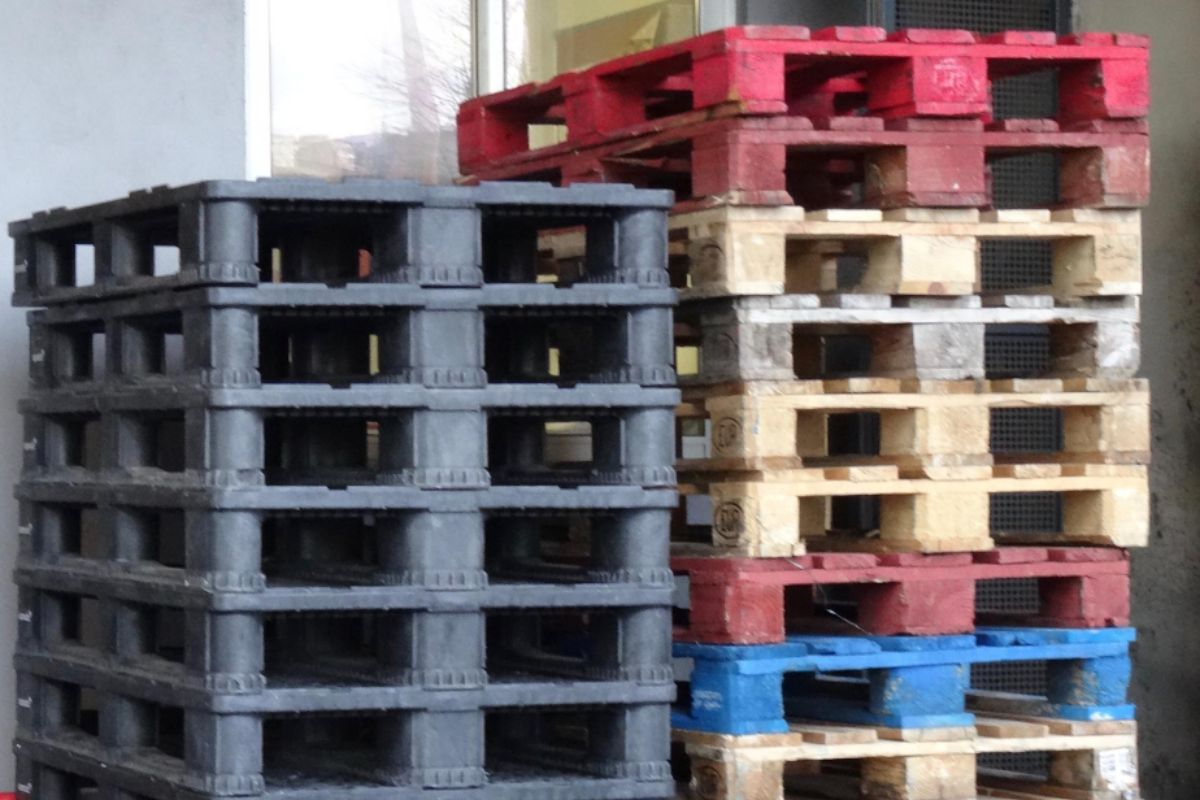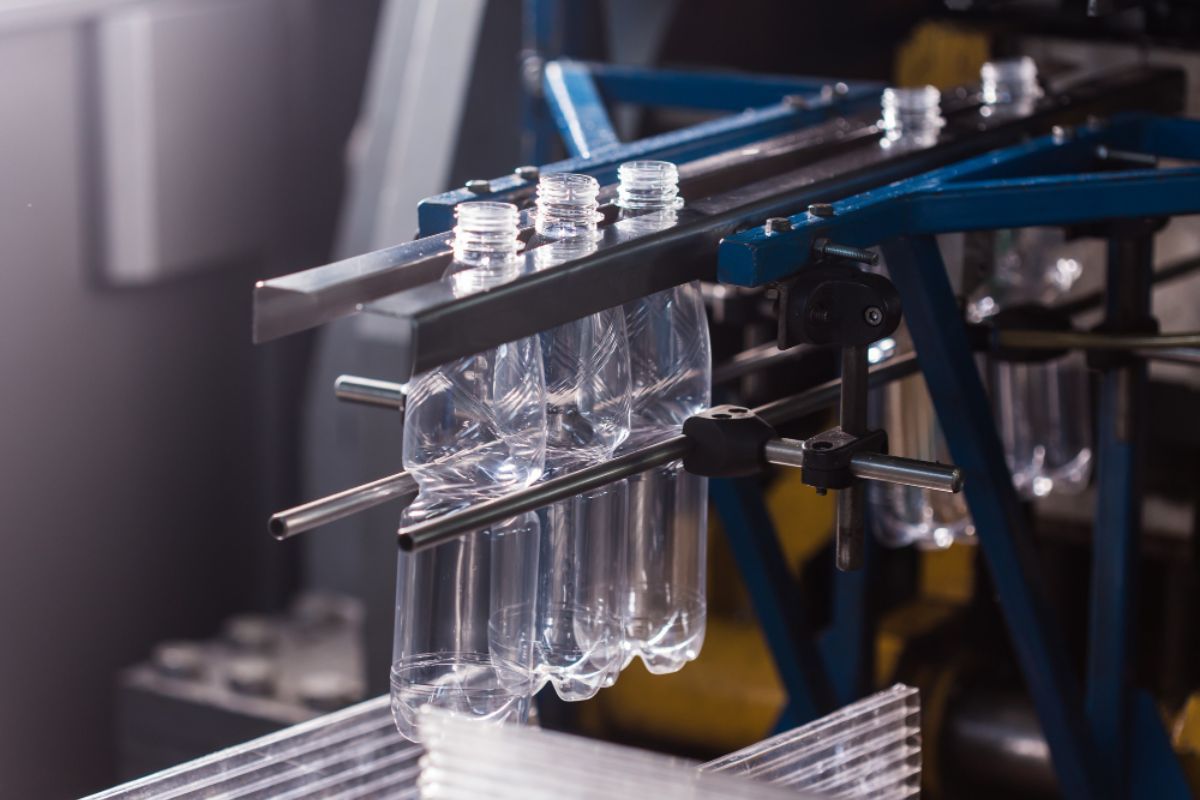Overview
- High-precision molding is essential for producing quality plastic components, including polymer optics.
- Polymer optics combine the concepts of polymers and optics to create specialized components from transparent plastic materials.
- Key materials for polymer optics include liquid silicone, polyurethane, and polymethyl methacrylate.
- Polymer optics have versatile applications in industries such as medical, automotive, and consumer goods.
- The advancements in polymer optics through high-precision molding lead to cost-effective, durable, and lightweight components for various applications.
Polymer optics in high-precision molds is a pivotal advancement in optical engineering. They revolutionize the manufacturing aspect across various industries. These specialized optimal components, crafted with meticulous precision, harness the unique properties of polymers to achieve exceptional optical performance.
This article highlights polymer optics, examining their materials and applications to help you make an informed decision. Read on to learn more.
What is Polymer Optics in High-precision Molds?
Polymer optics are composed of two ideas—polymer and optics. To truly understand the concept, we will break it down into separate terms.
The first term in the name is polymers. They are made of long and repeating molecule chains. These are connected through chemically linking with each other. They are common materials applied to diverse products, such as water bottles, furniture, appliances, and automobiles.
On the other hand, the optics focus on the genesis and propagation of light. Geometrical optics, more specifically, are what concerns plastic molding manufacturing. They are used to make lenses, mirrors, and the like.
Together, polymer optics center on creating precise plastic components that individuals can see through.
Polymer Optics Materials

Choosing the right material will help products align with their initial purpose. A deep understanding of each material used is necessary to learn if it is right for your product.
Liquid Silicone
Liquid silicone, also known as liquid silicone rubber (LSR), comprises a platinum catalyst, a cross-linker, and an alcohol inhibitor. Its notable characteristic lies in its high bacterial resistance and hypoallergenic properties, making it ideal for applications requiring biocompatibility. LSR finds extensive use in medical devices, such as catheters, implants, and seals, where sterile and non-reactive materials are essential.
Polyurethane
Polyurethane, denoted as PU or PUR, belongs to a versatile class of plastics renowned for their adaptable properties. Formed through the reaction of isocyanates with polyols, polyurethane exhibits varying degrees of rigidity or flexibility depending on its composition. This material finds widespread application across diverse industries, including automotive, construction, and furniture, owing to its durability, resilience, and thermal insulation properties.
Polymethyl Methyacrylate
Polymethyl methacrylate, commonly known as PMMA or acrylic, is a rigid and transparent polymer renowned for its optical clarity and weather resistance. Widely employed as a glass substitute, PMMA is applicable in architectural glazing, automotive lenses, and electronic displays. Its versatility, lightweight nature, and ease of fabrication make it a preferred choice for applications requiring optical precision and aesthetic appeal.
Applications of Polymer Optics
When manufactured precisely, polymer optic products are cost-efficient and durable items. They offer industries a wide variety of advantages. One of which is its flexibility in different applications and products.
Medical Industry

Polymer optics is mostly found in ophthalmology, a medical field centering on the conditions of the eyes. It is seen in items like reading glasses and sunglasses. It is also seen in medical procedures called endoscopy. The endoscope is a tool with a camera to check the inside of your body.
Automotive Industry
In the automotive industry, polymer lenses are seen in car parts like headlights and taillights. These plastic products are designed to optimize the distribution of the light. It is also seen in the camera sensors of the rear view in modern vehicles today. This helps drivers navigate the road more safely.
Consumer Goods
There are many polymer lenses that an average person has access to. They are often seen in picture-capturing gadgets. This includes smartphones, drones, and photo and video cameras. It is also used as storage devices like DVDs and CDs.
Key Takeaway
Polymer optics in high-precision molds are important. The field of optics reaches a variety of industries from electronics and gadgets to the medical sector. The combination of the two factors results in the continuous advancement of our products. Overall, it has resulted in lightweight, cost-effective, and versatile components that will shape the future.
As the world continues to embrace complex technology in plastic manufacturing, you can expect Richfields Corporation to be the first in line. As one of the best plastic manufacturing companies in China, we ensure that we are the best. This is not only in the equipment we have but also in the techniques that will impact the future. Our team makes sure you have everything you need for plastic production. So, whether you need polymer optic guidance or services, don’t hesitate to contact us today.










